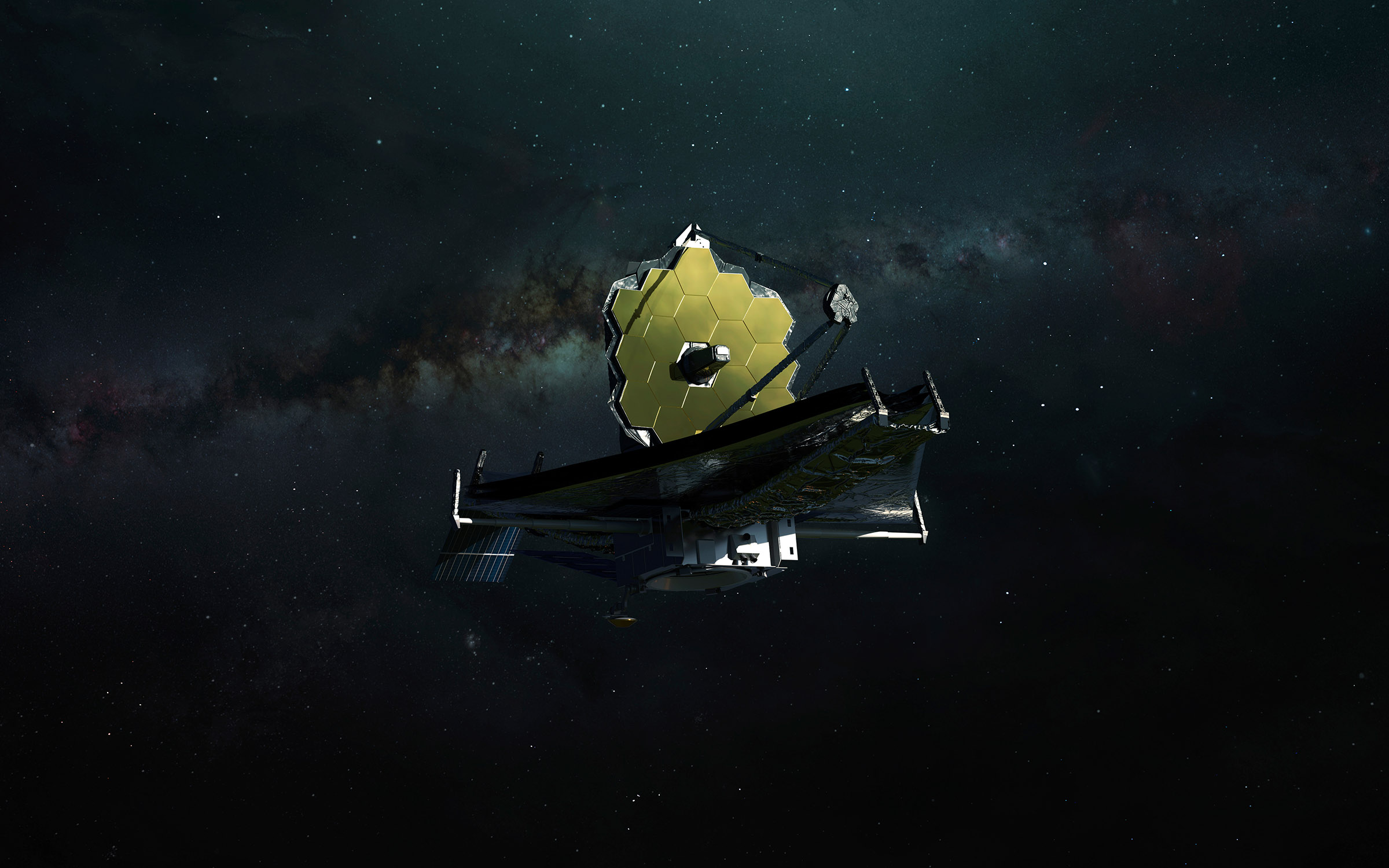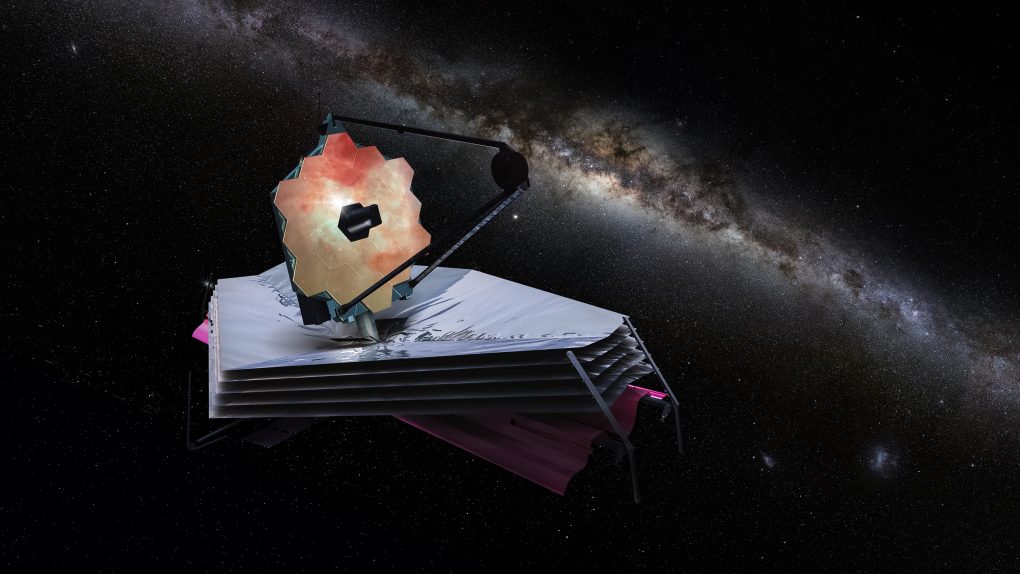The James Webb space telescope is the most impressive space telescope that humanity has created so far. But, to be able to capture the telescope’s iconic first images, NASA and the ESA had to send the telescope somewhere it could look deep into the universe without running into a lot of interference. But where exactly is James Webb located in space? Here’s what you need to know.
The James Webb space telescope is currently situated at what astronomers call the second Lagrange point or L2. From here, Webb can safely orbit the Sun, protecting the sensitive equipment stored within. Ensuring James Webb was located far from the Sun was important because the telescope observes our universe using infrared light.
Webb needs to avoid big, bright objects as much as possible to observe the faint signals from distant stars. So, putting Webb in orbit at L2 allows astronomers to operate the telescope roughly as it safely revolves around the Sun 1.5 million kilometers from our own planet. This allows it to stay in line with Earth and be protected from the Sun’s bright light and intense heat.

This intense heat is exceptionally important to protect Webb, as onboard hardware requires operational temperatures of 225 degrees below zero Celsius (minus 370 Fahrenheit). The sun shield on the space telescope helps to protect the more sensitive pieces from the heat, allowing it to operate safely from James Webb’s location along its orbiting track.
The only downside to being so far away from our planet is that Webb isn’t something we can easily work on if it needs maintenance or upkeep. As such, the chances of the newer space telescope lasting as long as its predecessor – Hubble – are fairly slim.
Thankfully, Webb is already giving us a ton of data to work with, completely changing how we view the universe. And astronomers are learning much about the early universe thanks to its unique capabilities. And those who want to keep up with Webb’s location in real-time can do so through NASA’s website.








